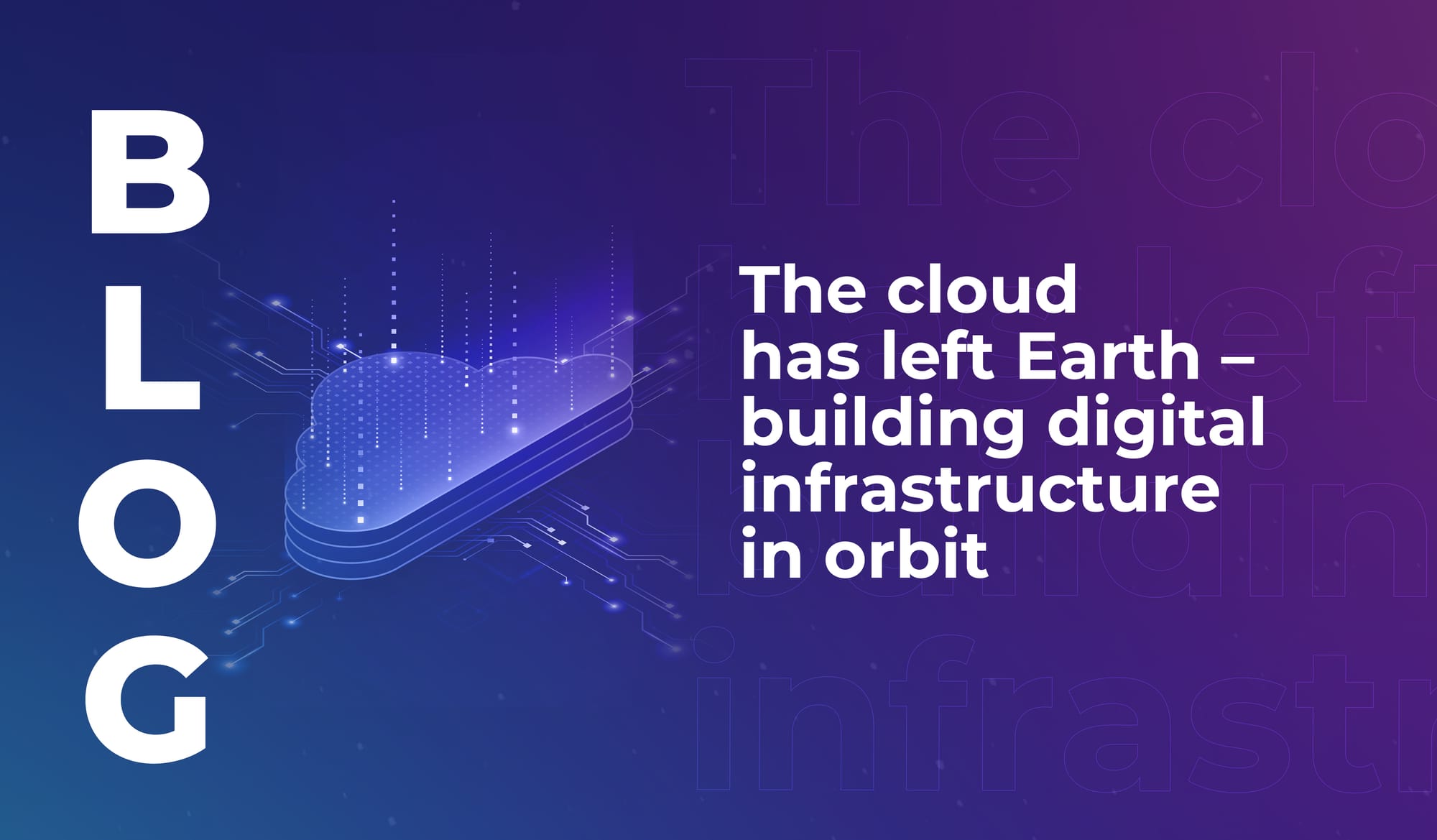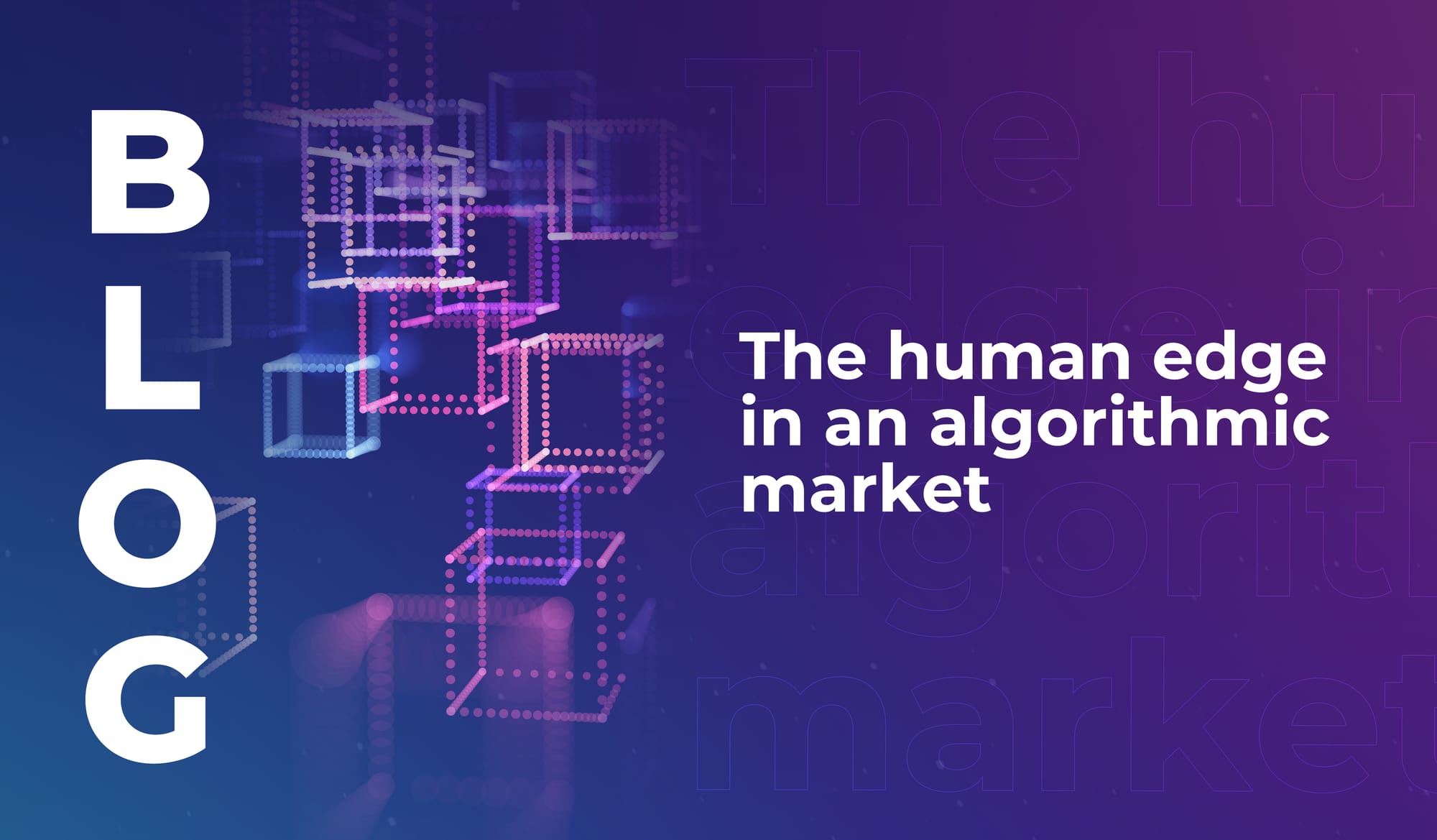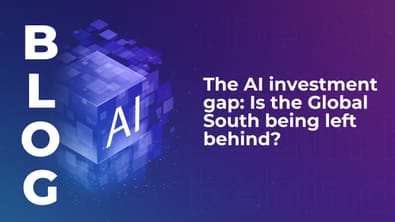
Why tech’s future depends on funding the foundations
Discover why more investors are focusing on the infrastructure that enables tech innovation to thrive.


Google has just announced Project Suncatcher, and it really does sound like science fiction. A constellation of solar-powered satellites, each carrying racks of AI processors (TPUs), orbiting about 400 miles above the planet. No diesel backup, no grid dependency – just uninterrupted sunlight and vacuum-cold efficiency.
But behind the moonshot poetry of the idea lies an emerging reality; that space is becoming a new layer of our digital stack.
Cloud infrastructure has been grounded on our planet – data farms that stretch across Singapore, or Dublin, or Iowa. Yet the problem of energy-hungry AI computation has pushed data centre designers to the limits of cooling and capacity.
In orbit, where sunlight is constant and heat can be radiated directly into space, the physics is different. Google engineers estimate that solar panels outside Earth’s atmosphere can generate up to eight times more energy than terrestrial panels.
The company hopes to launch a small prototype by 2027, with optical laser links connecting orbital data nodes to Earth-based hubs.
The internet’s early engineers once laced the seabed with fibre-optic cables. And now, space agencies and private companies are quietly wiring up the sky.
The European Space Agency (ESA) has been testing space-based solar power (SBSP) – satellites that collect sunlight in orbit and beam it to Earth as microwaves. ESA claims sunlight in space is up to eleven times more intense than on Earth, and new demonstration projects are exploring transmission at scale. The UK’s Satellite Applications Catapult adds that one day, orbital energy could meet a significant share of national electricity demand.
A 2025 academic study backs this up – it modelled SBSP’s integration into European energy grids, and showed potential cost parity with offshore wind by 2045 – assuming that launch costs keep falling.
Alongside all of this, in-orbit manufacturing is taking shape, as researchers develop new space-based methods. 3D printing metal alloys in microgravity could produce fewer defects, for example; and semiconductors grown in vacuum come out purer.
Startups are exploring the possibility of ‘zero-G foundries’, while agencies experiment with how to assemble and service satellites in orbit rather than launching them whole.
This is the beginning of a genuine orbit economy. We’re seeing new potential for compute, energy, and manufacturing to form a network above the atmosphere; with an infrastructure that mirrors our terrestrial one.
And as Shelli Brunswick (Chief Operating Officer at Space Foundation) said in an interview for the DeepFest newsletter, speaking about AI and quantum computing,
“These deep tech advancements represent not only the future of exploration, but a paradigm shift in how space-derived innovations can contribute to sustainable growth and progress here on Earth.”
If we get it right, space tech innovation could support positive change and environmental protection.
There’s an irresistible elegance in our collective ambition to expand our reach beyond the planet we were born on. But we have to acknowledge that orbital cloud faces practical and ethical hurdles; and the global tech community must work together to explore them.
There are the practical, environmental concerns; heat dissipation in vacuum requires large radiators, for example; and maintaining optical communication links through clouds and atmospheric turbulence isn’t trivial. Increased space debris, already a worsening problem, could make busy orbital zones hazardous.
And then there’s the question of ownership. If data infrastructure moves into orbit, does it fall under national jurisdiction or international treaty? The Outer Space Treaty (1967) predates the idea of AI servers circling Earth – and policymakers have some catching up to do.
Still, the vision is compelling. Solar energy that never sets. AI that trains on orbit, far from the strain of terrestrial grids. Data routed not just across continents but across orbits.
If the first cloud was a metaphor for decentralised computing, the next may be literal – a luminous ring of machines catching sunlight and whispering code back to Earth.
The planet once wrapped itself in copper and fibre; soon, it may wrap itself in light.

Discover why more investors are focusing on the infrastructure that enables tech innovation to thrive.

Accenture’s 2025 research warns of an AI investment gap, with the Global South at risk of being left behind in the race to scale and embed AI.

Investors use algorithms to filter opportunities. But in today’s market, leading investors are doubling down on human nuance and personal insight – as soft skills enable differentiation.

Discover why more investors are focusing on the infrastructure that enables tech innovation to thrive.

Accenture’s 2025 research warns of an AI investment gap, with the Global South at risk of being left behind in the race to scale and embed AI.

Investors use algorithms to filter opportunities. But in today’s market, leading investors are doubling down on human nuance and personal insight – as soft skills enable differentiation.